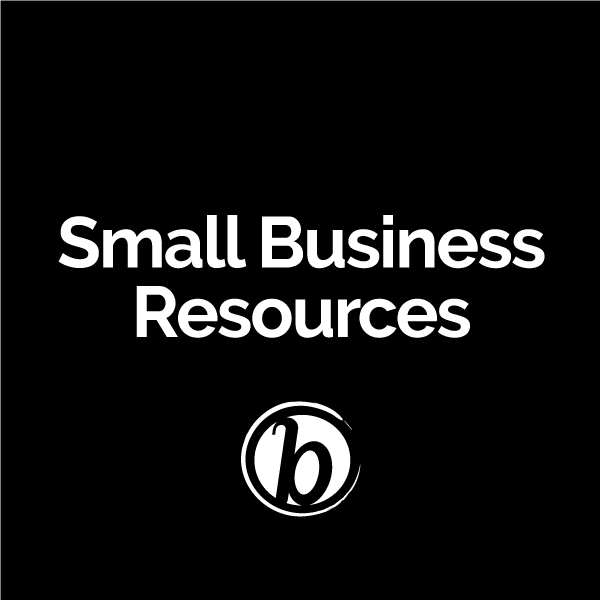Coronavirus: 4 Business Problems & Solutions From Nick Arrojo
Salon Owners: Real Problems & How To Solve Them
As we continue to take on this pandemic together, our top at priority at Behindthechair.com is bringing you the best resources in REAL TIME. That’s why Mary Rector (@marybehindthechair) is livestreaming with salon owners and industry leaders to bring you real talk, advice and actions you can take now to protect your business. Remember this:
“Mediocre companies will not survive. Good companies will survive. The great ones will thrive. Some of the best, most creative ideas come out of the greatest crisis. It’s time to start saving money, it’s time to realize that you never know what could happen.” – @marybehindthechair
Here’s what we learned from Mary’s conversation with Nick Arrojo (@nickarrojo), who owns three NYC salons, two cosmetology schools AND a pro beauty brand, and how he’s managing through the pandemic.
First, let’s break down how many businesses Nick is dealing with:
- Owns three NYC salons in Tribeca, SoHo and Williamsburg.
- Each salon has 30+ chairs.
- Total of 125 staff members, some that make six figures.
- Tribeca and SoHo have cosmetology schools attached.
- 100 cosmetology students in attendance.
- Sells professional hair products to 400 salons.
Decision To Close Business
Without any actual notice from the government, Nick decided to shut down both the schools and salons voluntarily on Monday, March 16—the same day New York’s state schools were shut down.
Before deciding to close, he analyzed how clients, students and employees were responding to the pandemic. For every two clients that cancelled, a new client would call to book. This was similar for his employees wanting to work vs. stay home. Many students wanted to be aligned with what other state schools were doing.
Nick’s Immediate Actions & Responses To Closure
- Set a return to work date that gives 16 days of quarantine for all employees, a ‘self-healing time’ for them to isolate and be sure if they had contracted the virus or not.
- Reach out to the government. Nick is among a group of leaders trying to create a national dialogue with the government for professional beauty guidelines, assistance and aid.
- “We need a directive so we have a chance to build our business back,” shares Nick. “I hear about restaurants, retail, vets. I never heard about hairdressers. And for me I’m trying to do the best that I can to kick up a conversation.”
Problem #1: Paying Employees
How to support your staff financially.
With over 100+ employees and zero revenue coming in, Nick (like many salon owners) can’t afford to pay his team if they are not working. That’s why he recommended that all of his 125 employees file for furlough unemployment. Meanwhile, Nick continues to work on the backend in the warehouse, so his business will be ready to reopen.
Furlough—what does it mean, is it different than a lay-off and why should you consider it? A furlough is often temporary and planned by employers in specific situations, for example: construction workers will be put on furlough in the winter. They can collect unemployment without having to show the state they are looking for a job.
How to communicate this with employees: “You still have a job but this pandemic prevents you from working right now, so you are eligible for compensation from the government.”
Problem #2: Salon Owners & Employers
How to protect your business with 0% revenue.
Salon owners should take all immediate actions to protect their finances and business for when the dust settles. Here are some options:
Unemployment For Salon Owners: Nick also recommends that salon owners claim unemployment benefits, whether you receive it or not. “If you are on payroll, you have a good reason to apply for unemployment,” shares Nick. “If you’re not on payroll, you can’t claim unemployment.”
Loans & Grants: Reach out to your bank, asking for affordable SBA (Small Business Administration) loans from the government. Be ready to show evidence of how badly your business has been hit and show that you’re not laying employees off.
Prepare A Financial Cushion: “Money is the oxygen for a business,” shares Nick. “Once we weather this storm, we will get back to a new normal and it won’t be business as usual. I went to my controller and said we have a line of credit, bring all the money from the bank and put into my account right now. I wanted as much of a cushion [as possible.]”
Problem 3: The New Normal
When we return, the virus will still be here.
Social distancing is imperative to flattening the curve, but eventually, we will all have to go back to work. That’s why Nick is keeping his reopening date (after 16 days of quarantine) to April 1, given that there are no new government updates that will impact this decision. Here’s why:
V-Recession vs. U-Recession: “[The government] say this recession is a V-recession,” shares Nick. “As fast as it goes down, then it can go back up just as fast depending on how fast we can get back to work. They don’t want it to be a U-recession where you go down, plateau out for a long time, and slowly go up. As fast as this economy has gone down, they expect it to go up.”
Nick’s Advice: “Think about reopening your business again as if you’ve opened it for the very first time. If you think like that, you’re going to have happiness rather than fear.”
Problem #4: Building Business
Turn anxiety into action so you will survive.
Let’s face it. If you’re back in business, you’re not going to make the same revenue right away. Nick experienced this back in 2001 when New York City went through a similar situation after the tragic 9/11 attacks. Everybody was afraid to go out and wanted to get out of Manhattan. They didn’t have money and were afraid to spend it.
You need to think about big picture to get clients in your chair again. “Don’t think for one second that your clients are going to come running back because they saved their hair just for you,” warns Nick.
Here’s what Nick recommends:
- “When it comes to dropping prices, do it the same day the hotels do it. Offer MORE for the same price. Give a gift instead of discounting your ticket. I’m going to do that with education, with professional product sales, with salon service sales.”
- “Business is flexible. Sometimes you have to work harder and sometimes you’ll barely do anything. What worked today is not going to work tomorrow.”










